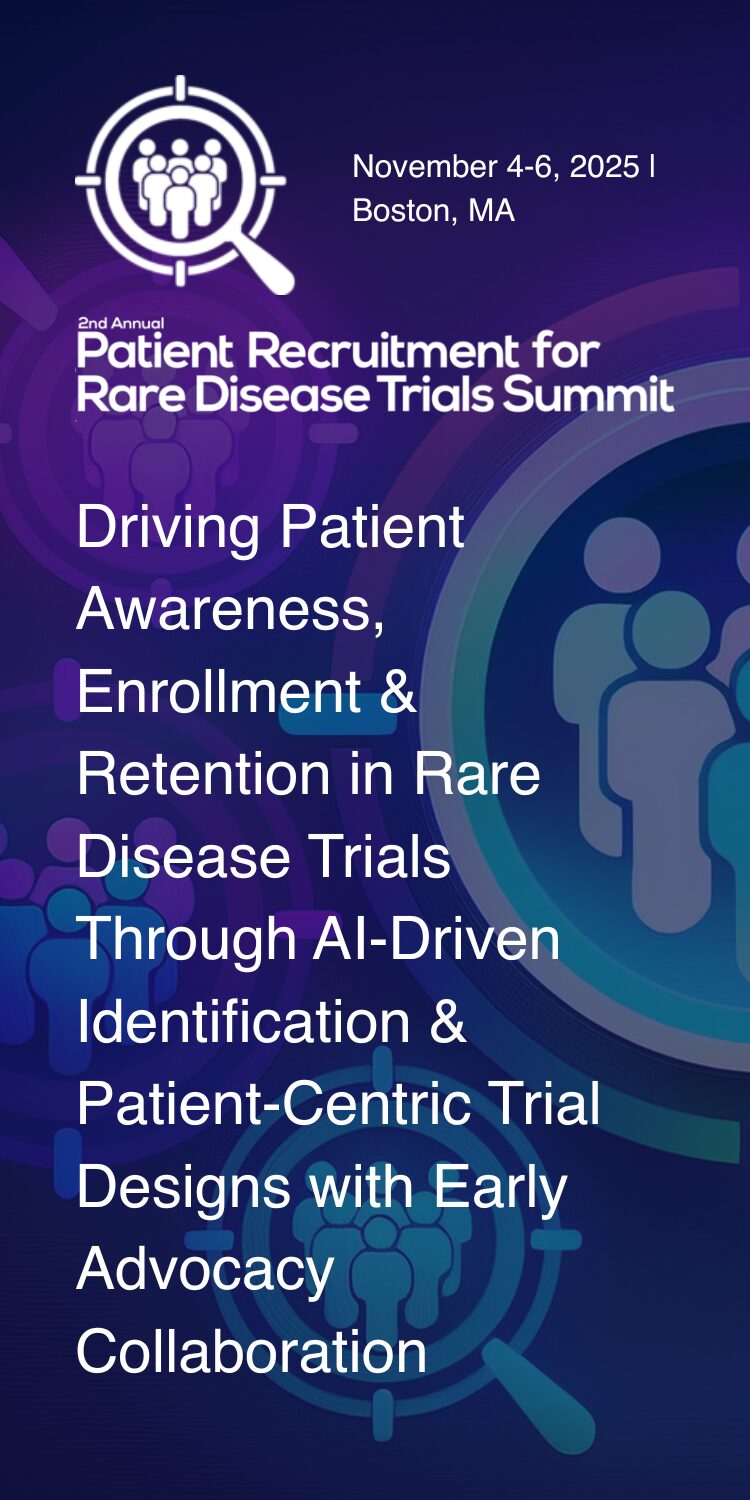Annie Kennedy, Chief of Policy, Advocacy, and Patient Engagement for EveryLife Foundation for Rare Diseases, gives advice to help doctors understand the cost benefits of diagnosing a rare disease early.
Transcription:
One of the things that we know, we often hear that medical professionals are often taught in their clinical training is that when you hear hooves, you should look for horses, not zebras. That’s one of the reasons why the zebra is sort of the mascot of the rare disease community because patients who have rare diseases identify with being a zebra.
I think what both studies are showing, though, is that zebras are actually pretty common. That when you’re talking about more than 30 million Americans, if you’re a primary care provider, you are going to, many times in your career, run across somebody with a rare disease. It is not going to be a super rare occurrence.
When you see a patient who has had a couple ER visits or is in the ICU or has a genetic anomaly or developmental disability, you probably should think about the zebra and not hesitate to worry about those hoof sounds and that there are a lot of very inexpensive diagnostic technologies available to providers today. As you know, tools in that superhero tool belt that we encourage providers to use.
There are a lot of wonderful professional societies that have tools and resources for providers who are really working to serve their patients. That would be the first thing that I would say. And then the second thing I would say is that I know providers work so hard. I mean, if we’ve learned nothing through the pandemic, it is that providers really are superheroes when we talk about the superhero tool belt.
But the rare disease patients that are there are your best partners because they become experts in their care and are the best ones to really help you understand what’s happening.
Really, we encourage providers to take the time to listen and understand what the various symptoms are to help you understand how to piece together that diagnostic roadmap to get to a better diagnosis faster and maybe not just treat the most recent symptom that a patient’s presenting with.
That’s the other thing that I think this most recent study shows us, is that when we look at what all of these direct costs were, many of times you were treating the symptom that the patient presented with at that moment. But if we had pieced together the whole picture, we probably could have gotten to an answer much faster.
Really a call to providers to use those tools in your superhero tool belt. When you hear hooves, think of zebras. We have 30 million Americans living with rare diseases and that it’s the providers that really lean in and listen and take the time to look at the whole picture that are really helping us get to the end of this diagnostic odyssey and optimize care the fastest.
Reference
The Cost of Delayed Diagnosis in Rare Disease: A Health Economic Study. Available at https://everylifefoundation.org/wp-content/uploads/2023/09/EveryLife-Cost-of-Delayed-Diagnosis-in-Rare-Disease_Final-Full-Study-Report_0914223.pdf
To stay up-to-date on the latest rare disease research, sign up to our newsletter at checkrare.com/sign-up-for-our-newsletter/

